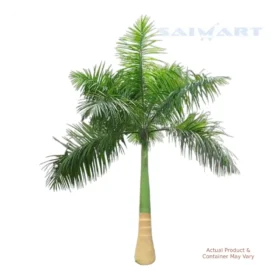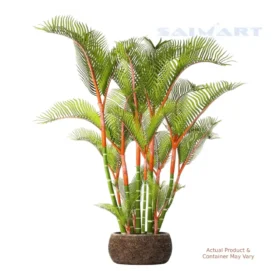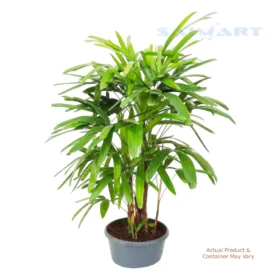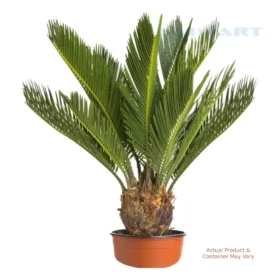- Your cart is empty
- Continue Shopping
Setu Malati Plant
₹100.00 – ₹170.00
| About this product |
| Setu Malati, scientifically known as Epipremnum aureum, is a charming and resilient plant that hails from the arum family, Araceae. Also commonly referred to as Pothos or Devil’s Ivy, this evergreen vine is known for its attractive heart-shaped leaves and its ability to thrive in various indoor conditions. Its cascading vines make it a popular choice for both novice and experienced plant enthusiasts. |
| For landscaping & garden renovation services, please contact us |

Product Description
| Plant Overview |
| Setu Malati, scientifically known as Epipremnum aureum, is a charming and resilient plant that hails from the arum family, Araceae. Also commonly referred to as Pothos or Devil’s Ivy, this evergreen vine is known for its attractive heart-shaped leaves and its ability to thrive in various indoor conditions. Its cascading vines make it a popular choice for both novice and experienced plant enthusiasts. |
| Plant Benefits |
|
| Plant Care Tips |
To ensure the well-being of your Setu Malati plant, consider the following care tips:
|
| Ideal Plant Placement |
Setu Malati is versatile in its placement, making it suitable for various settings:
|
| Significance of This Plant |
| Setu Malati holds cultural and symbolic significance in different traditions, often associated with positive energy and good luck. Its resilience and adaptability make it a popular choice as a gift or a decorative element in various cultures. |
| FAQs |
|
| Disclaimer |
| Every effort is made to maintain accuracy in our product information, yet variations in packaging, information, instruction and materials may occur. We advise against solely relying on the provided details. If a product is unavailable, rest assured that a prompt full-refund will be initiated for the paid amount, ensuring transparency and customer satisfaction in every transaction. |

Additional Information
| Plant Size | 1 – 2 Feet, 2 – 3 Feet |
|---|
Only logged in customers who have purchased this product may leave a review.










Reviews
There are no reviews yet.